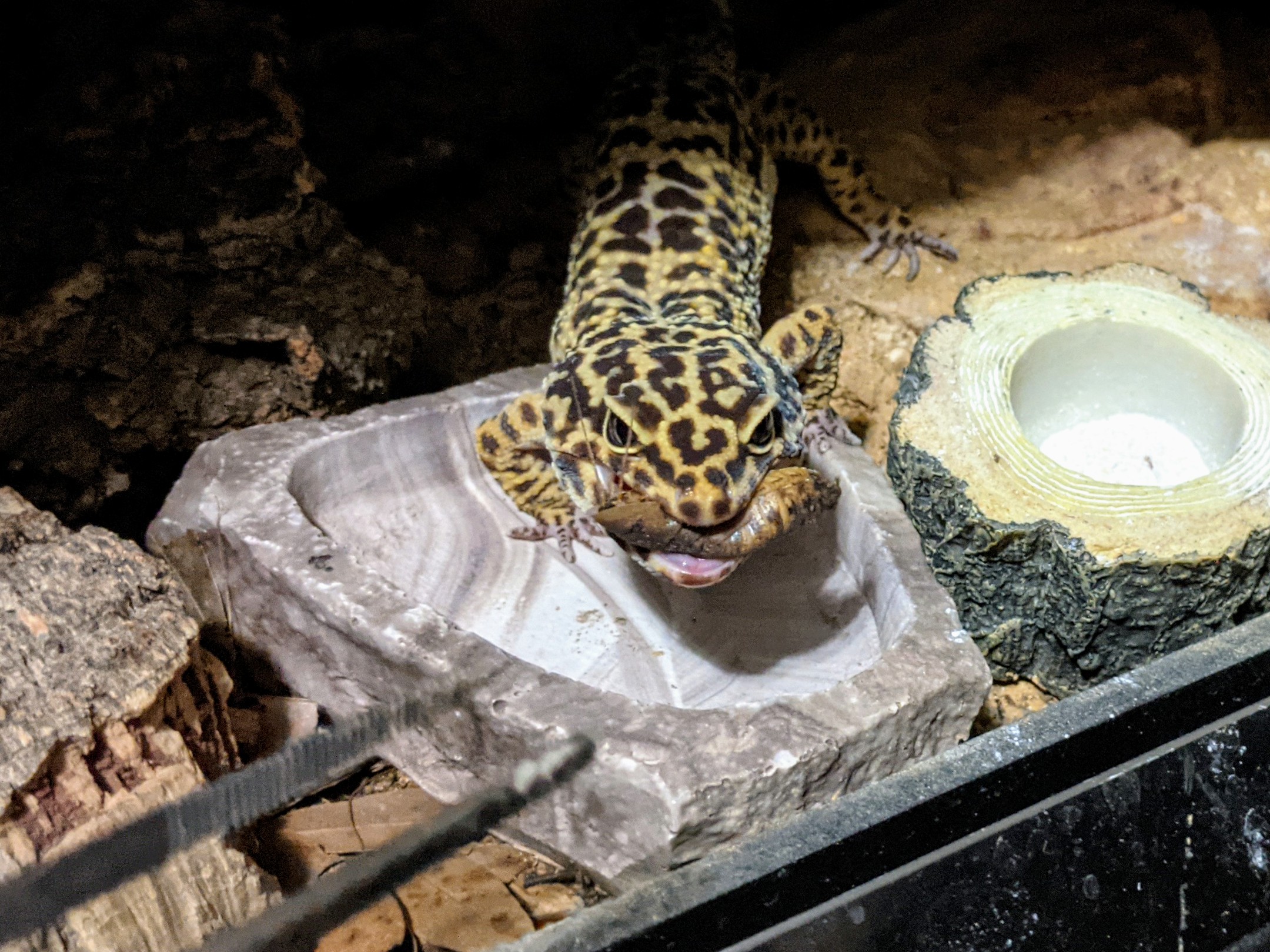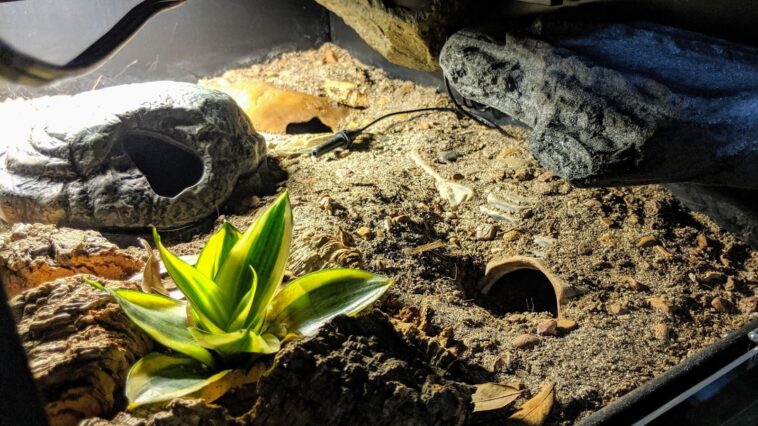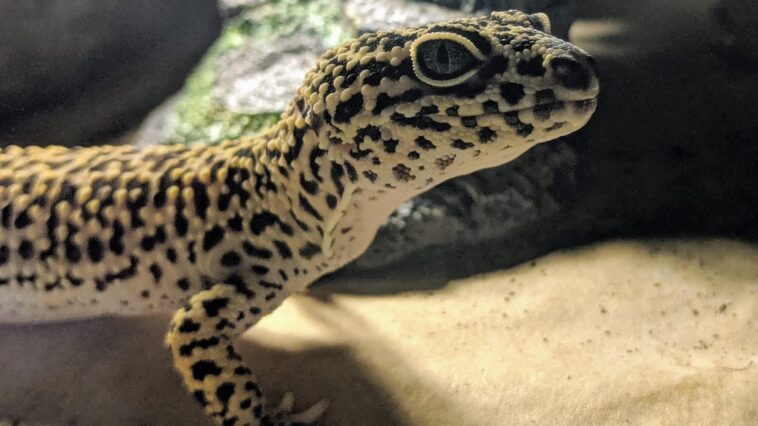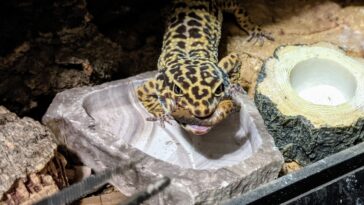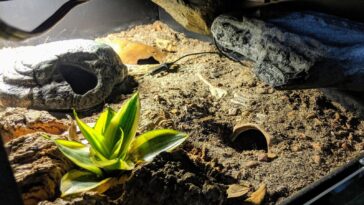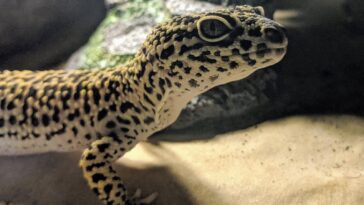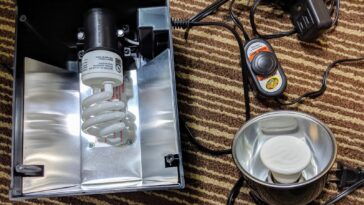Rachel Gratis
Rachel Gratis is an enthusiastic leopard gecko keeper. She studied biology in college, with a special interest in ecology and natural selection, and she now puts her background to use caring for her collection of pets and contributing to the leopard gecko community. Her goal is to never stop learning about animals and the natural world. She currently works in Massachusetts as a software quality assurance engineer.


